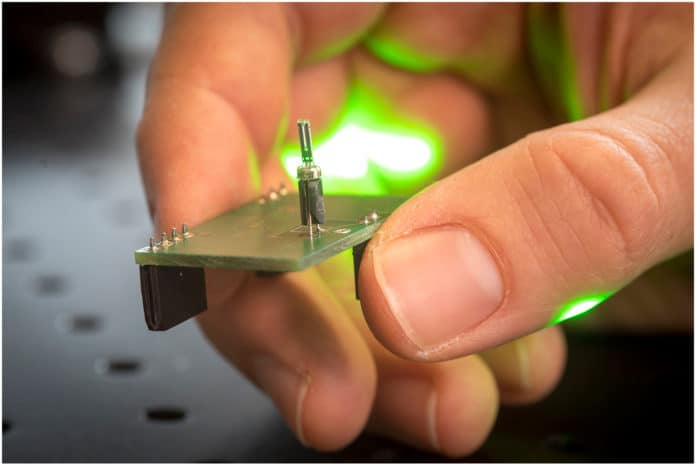Air pollution kills an estimated 7 million people worldwide every year. According to WHO data, 9 out of 10 people breathe air containing high levels pollutants. To tackle this, researchers at TU Graz are working together with European partners on new possibilities of measuring vehicle emissions.
The team is developing sensors that can detect the exhaust emission of passing vehicles in a matter of seconds. The new contactless exhaust measurement methods are being developed as part of the European CARES (City Air Remote Emission Sensing) project.
These sensors can be attached to roadsides, crash barriers or traffic signs and are aimed at the exhaust class of each individual vehicle. The team says this sensor technology could be used to identify and pull out of traffic those vehicles in which engine performance and thus pollutant emissions have been increased with manipulated particle filters or chip tuning.
The tuning fork sensors use conventional tuning forks which are initially set to vibrate through laser pulses. And when air particles in the exhaust of passing vehicles between the fork, those particles get excited by the vibrations, which in turn produce an acoustic signal and begin to “sing” in the truest sense of the word. Each individual particle emits acoustic signals which are recorded and played back by the tuning fork.
The more particles there are, the louder the sound becomes. The volume can then be used to determine how many particles are in the environment.
The team expects low-cost remote sensors for emission measurement to be ready for series production by the end of the 2022 and initially, they will be installed alongside roads in CARES-affiliated cities such as Milan, Prague, and Kraków.
“We want to monitor vehicle emissions in cities and environmental zones under real conditions, without having to interfere with free-flowing traffic,” explains Alexander Bergmann.
